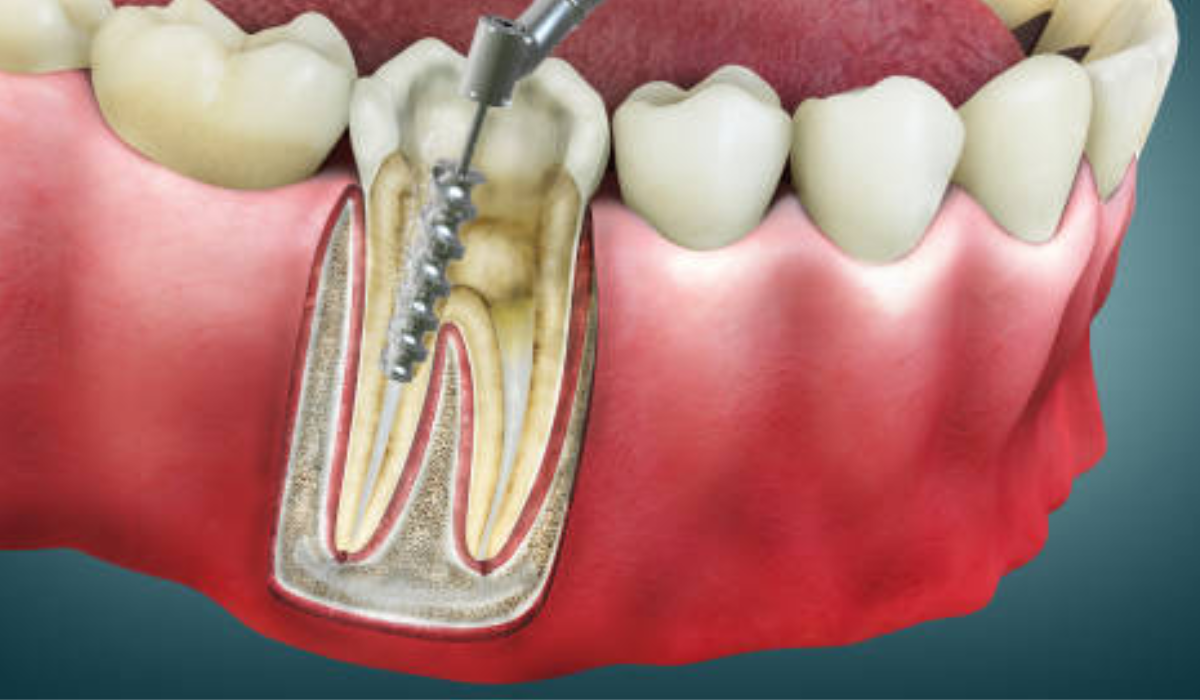Toothache is hard to overlook. In most situations, that pain is an indication that you might need a root canal procedure. The procedure relieves pain, eliminates infection, and preserves your natural tooth. Though it might seem intimidating at first, knowing what the steps entail can make you feel more relaxed and ready.
What is a Root Canal?
A root canal is a standard procedure performed when a tooth gets infected or severely decayed. Your tooth contains a soft tissue called pulp in the inside. When pulp gets infected, it may result in a lot of pain and swelling. That is when you need root canal therapy to eliminate the infection and save your tooth.
Signs You Might Need a Root Canal
If you are experiencing pain while chewing or if your tooth hurts from hot or cold for a considerable period, they can be indications of infection. Swelling gums, a pimple-like lesion next to the tooth, or the tooth becoming dark in color are also some symptoms. If you see any of them, go to a dental clinic nearest to you to be examined at once.
Step One: Numbing the Area
Your dentist will ensure you’re comfortable before the treatment begins. A local anaesthetic is administered to numb the region so you won’t feel pain. The tooth is also dried with a small rubber sheet, which is standard in a root canal treatment to have an anesthetic space.
Step Two: Making an Opening
Once the area is numb, the dentist will then create a small hole on the top of the tooth. With this hole, they will use special instruments to remove the infected pulp. This is a critical step in any root canal therapy as it prevents the infection from spreading.
Step Three: Cleaning and Shaping the Inside
The interior of the tooth is cleaned with caution. Dentists clean the canals and shape them correctly using small files. They can also use a special cleaning solution to flush out bacteria. This ensures the infection is removed and your dental clinic near you visit is successful in addressing the problem.
Step Four: Filling the Tooth
After the tooth is cleaned and dried, it must be sealed. A rubber-like soft material is inserted into the tooth to occupy the vacant space. This step of the root canal procedure seals the tooth from bacteria and infection in the future.
Step Five: Restoring the Tooth
Depending on the extent of the damage to the tooth, your dentist might fill the tooth or suggest a dental crown. Crowns are typical for teeth that were compromised by infection. They restore the shape and strength of the tooth after root canal therapy, allowing you to chew normally once again.
What Happens After the Treatment?
You might ache a bit for a day or two, but that is normal. Over-the-counter medication typically takes care of it. You should not chew on the treated side until the healing process is over. After receiving root canal treatment in Grande Prairie, most individuals can resume normal activities in a short while, with pain eliminated.
Does It Work?
Yes, root canals are very successful if performed correctly. The tooth that has been treated will survive for a long time, provided that you maintain good oral health. If you ever feel anxious about the procedure, your dental clinic near you can assist you and clear all the queries that you may have to prepare you better.
Takeaway
Root canal therapy may seem scary, but it’s a safe and efficient method of treating an infected or broken tooth. Understanding what to anticipate at each step can make you feel more at ease and ready for a hassle-free trip to the dentist.
Save Your Smile with Cobblestone Dental
If you have pain or symptoms of infection, we can help at Cobblestone Dental. Our compassionate staff provides skilled care in a relaxing environment. Whether your concern is about pain or just learning what options are available to you, we’ll guide you through the whole process. Make an appointment today with a Calgary dentist at our respected dental clinic near you and begin moving toward a pain-free, healthy smile.

